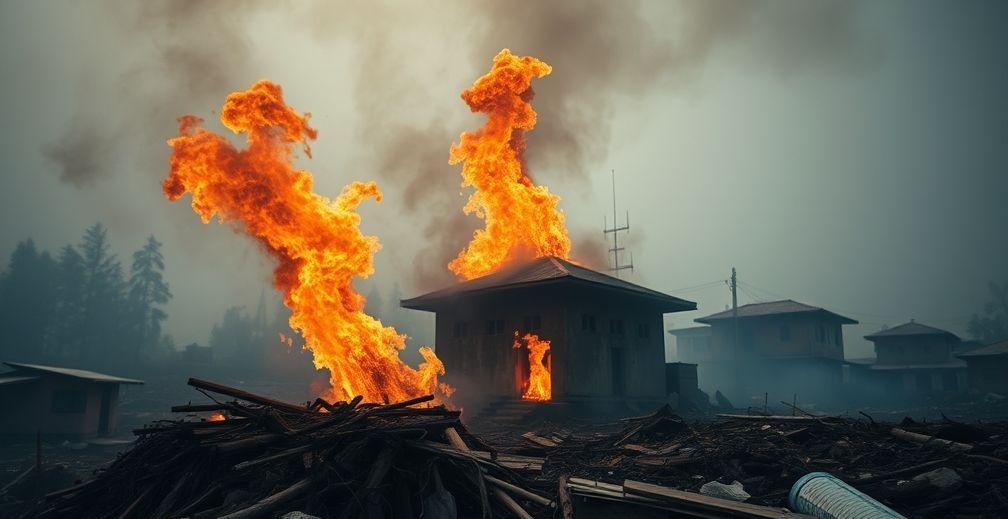On September 9, Nepal experienced widespread and coordinated arson attacks across the nation. Hundreds of government buildings, including a historic palace, top courts, ministries, and local ward offices, were destroyed. The attacks also targeted numerous other properties, such as businesses and schools linked to the political elite, alongside the homes of current and retired politicians.
These destructive events occurred the day after security forces in Kathmandu fatally shot 19 anti-corruption protesters. While a prevailing narrative suggests the arson was a spontaneous response of retribution from outraged protesters, an investigation conducted by The New York Times introduces new details that challenge the idea of an entirely spontaneous and tightly coordinated nationwide campaign of destruction.
The investigation highlighted that hours after the September 8 shootings, “ready-to-use lists” detailing private information of individuals accused of involvement in Nepal’s graft and patronage network began circulating online, contributing to the questions surrounding the attacks’ spontaneity.
Source: https://www.nytimes.com/2025/10/12/world/asia/nepal-protests-genz-arson.html

